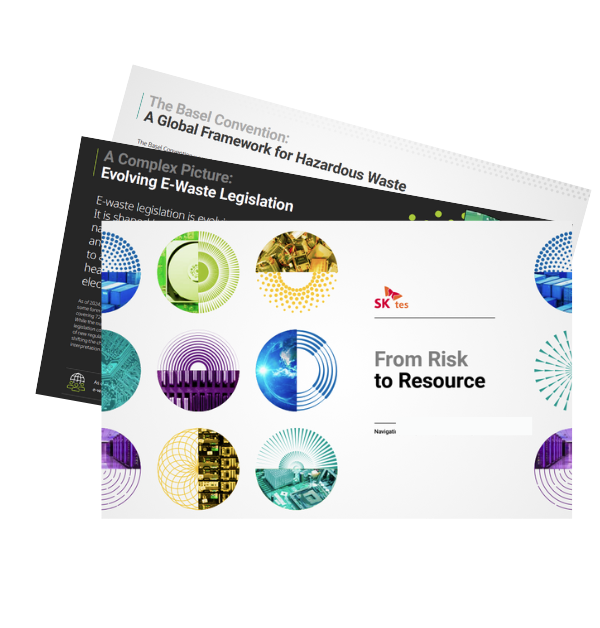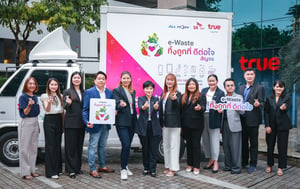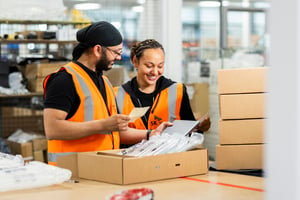For the first time in three years, the Basel, Rotterdam, and Stockholm Conference of the Parties took place in Geneva in July 2022—the Fifteenth meeting of the Conference of the Parties (COP15).
The agenda was tough. Its goal was to progress environmental topics across all three COPs.
The main area of focus for SK Tes was the Basel discussions, which tabled significant changes. Activities ran from early morning to late night, including scheduled sessions, contact groups, and meetings. Small-country delegations worked tirelessly across the 11-day event.
The game-changer was the Ghana-Switzerland proposal, which was finally agreed upon during COP15. This introduces new definitions for hazardous and non-hazardous e-waste and requires most e-waste shipments to have prior informed consent (PIC) for transboundary movement.
Swiss–Ghana Proposal: WEEE Adjustments Approved During COP15 Start in 2025
New entries were approved for the convention annexes:
-
New entry Y49 in Annex II: covers all non-hazardous waste electrical and electronic equipment (WEEE).
-
Revised entry A1181 in Annex VIII: covers all hazardous WEEE (to replace A1180).
The implementation date is 2025. While that may seem distant, preparation must begin now.
4 Key Points About PIC process for E-Waste Management to consider before January 2025:
-
Countries may need to amend national laws and regulations.
-
There will be increased demand for hazardous waste logistics companies.
-
PIC approvals will be required for transboundary movements of waste.
-
The PIC process must be improved to handle increased requests—currently, approvals can take up to four years.
Get in touch with SK Tes experts about your IT asset disposition and electronic waste management needs across continents.
These changes will increase recycling costs, potentially slowing progress in the circular economy.
The aim is to reduce waste movement from developed to developing countries, though effectiveness remains to be seen.
The Global E-waste Monitor reports only 17.4% of materials are properly recycled. Will stricter shipping rules solve this? Unlikely.
Companies initiating circular economy programs should work with permitted and reputable partners to manage cross-border movement of materials responsibly.
Effective, timely treatment of waste at qualified facilities is vital. Dedicated resource recovery lanes could help—but this requires urgency and collaboration between companies and governments.
For more guidance about navigating E-waste regulations, download our white paper.
Navigate safely through E-waste regulations [Guide]
Get clear on global e-waste rules - download your guide and stay a step ahead.

Want to read more on the topic? Here's some other blogs that may be of interest:
Accepting the Global E-Waste Challenge - How Businesses Can Play Their Part
How to Navigate the Ewaste Latest Rule
5 Key Highlights on Changes to E-Waste Regulations - Basel Convention
See how SK Tes can help you with electronics recycling

.png)



